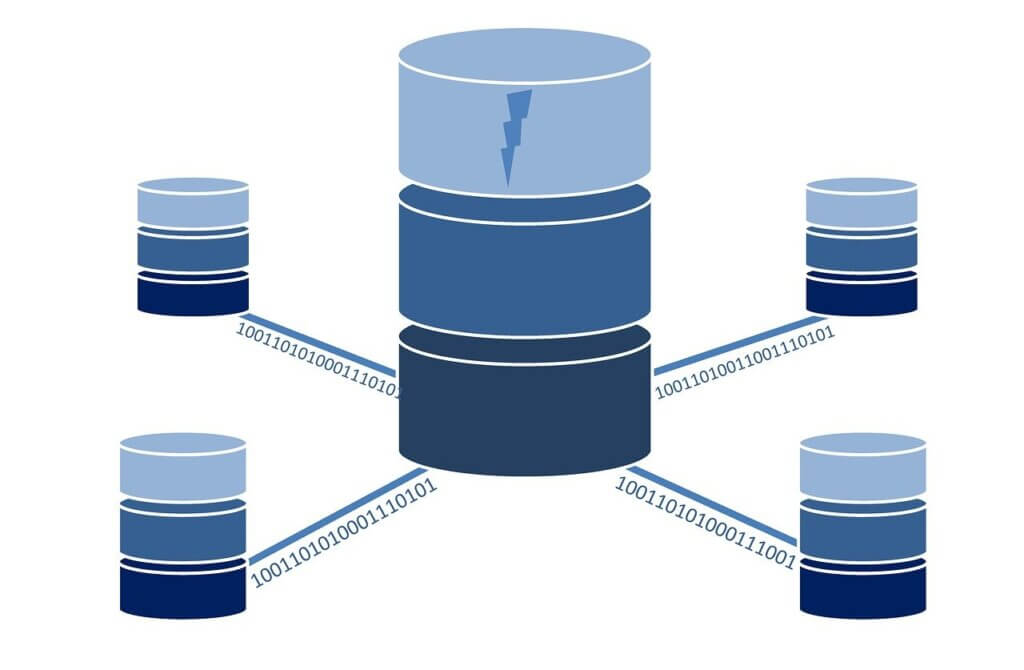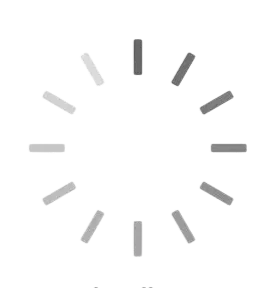In today’s digital age, where data has become a cornerstone of both personal and professional life, the choice of storage type plays a pivotal role in ensuring efficient data management. From primary storage to cloud-based solutions, there exists a myriad of options, each with its own set of advantages and limitations. Let’s delve into an overview of various storage types to better understand their functionalities and applications.
Table of Contents
ToggleIntroduction to Storage Types
Storage types encompass a wide array of solutions designed to store and manage data effectively. Whether it’s preserving important documents, storing multimedia files, or safeguarding critical business data, selecting the appropriate storage type is paramount.
Primary Storage
Primary storage, also known as main memory or internal memory, refers to the storage area where data is directly accessed by the CPU. It includes Random Access Memory (RAM) and cache memory, offering high-speed data access for running applications and executing tasks.
Secondary Storage
Secondary storage serves as a repository for data that is not actively being used by the CPU. Devices such as hard disk drives (HDDs), solid-state drives (SSDs), and external storage solutions fall under this category, providing ample storage capacity for storing files, documents, and multimedia content.
Comparison of Storage Types
While primary and secondary storage serve distinct purposes, they each come with their own set of advantages and disadvantages. Understanding the disparities between these storage types is crucial for making informed decisions based on specific requirements.
Solid State Drives (SSDs)
SSDs have gained widespread popularity due to their superior speed, reliability, and energy efficiency compared to traditional HDDs. With no moving parts, SSDs offer faster data access times and increased durability, making them ideal for high-performance computing tasks.
Hard Disk Drives (HDDs)
HDDs remain a popular choice for storage due to their cost-effectiveness and high storage capacities. Although they may not match the speed of SSDs, HDDs excel in providing ample storage space for large files and applications at a budget-friendly price point.
External Storage Devices
External storage devices, such as USB flash drives, external hard drives, and memory cards, offer portable storage solutions for transferring and accessing data across different devices. They provide convenience and flexibility for users who require additional storage capacity on the go.
Cloud Storage Solutions
Cloud storage has revolutionized the way data is stored and accessed, offering scalability, accessibility, and redundancy. Providers like Google Drive, Dropbox, and Microsoft OneDrive offer secure cloud storage options with features such as file synchronization, sharing, and backup.
Network-Attached Storage (NAS)
NAS systems provide centralized storage solutions for homes and businesses, allowing multiple users to access and share files over a network. They offer scalability, data redundancy, and remote access capabilities, making them ideal for collaborative environments.
Optical Storage
Optical storage, including CDs, DVDs, and Blu-ray discs, offers long-term archival storage for data that requires minimal access. While optical storage has lower storage capacities compared to other mediums, it remains a reliable option for storing important documents and media.
Hybrid Storage
Hybrid storage solutions combine the benefits of different storage types, such as SSDs and HDDs, to optimize performance and cost-effectiveness. By leveraging the strengths of each storage medium, hybrid solutions offer enhanced speed, capacity, and reliability.
Future Trends in Storage
The landscape of storage technology continues to evolve, with innovations such as solid-state hybrid drives (SSHDs), non-volatile memory express (NVMe), and shingled magnetic recording (SMR) shaping the future of storage solutions. As storage capacities increase and prices decline, consumers can expect even more efficient and cost-effective storage options in the years to come.
Considerations When Choosing Storage
When selecting a storage type, it’s essential to consider factors such as performance requirements, storage capacity, reliability, and budget constraints. Tailoring storage solutions to specific needs ensures optimal data management and workflow efficiency.
Data Security and Storage
Data security remains a top priority in storage management, with measures such as encryption, access controls, and regular backups essential for safeguarding sensitive information. Implementing robust security protocols helps mitigate the risk of data breaches and unauthorized access.
Conclusion
In conclusion, understanding the diverse array of storage types is essential for effective data management and workflow optimization. Whether it’s leveraging the speed of SSDs, the affordability of HDDs, or the scalability of cloud storage, choosing the right storage solution depends on individual needs and preferences. By staying informed about the latest advancements in storage technology and considering factors such as performance, capacity, and security, users can ensure seamless data storage and access in today’s digital landscape.
FAQs
- What is the difference between primary and secondary storage?
Primary storage, such as RAM, is directly accessed by the CPU for running applications, while secondary storage, like HDDs and SSDs, provides long-term storage for data not actively in use. - Which storage type offers the fastest data access times?
Solid-state drives (SSDs) are renowned for their fast data access times and high-speed performance compared to traditional hard disk drives (HDDs). - What are the benefits of cloud storage solutions?
Cloud storage offers scalability, accessibility, and redundancy, allowing users to access their data from anywhere with an internet connection and ensuring data availability in case of hardware failures. - How can I ensure data security in storage management?
Implementing encryption, access controls, and regular backups are crucial steps in ensuring data security and mitigating the risk of unauthorized access or data breaches. - What are some emerging trends in storage technology?
Emerging trends in storage technology include solid-state hybrid drives (SSHDs), non-volatile memory express (NVMe), and shingled magnetic recording (SMR), which aim to enhance storage performance, capacity, and efficiency.
Do you like to read more Blog content? Read our blogs at PintoraBlogs








